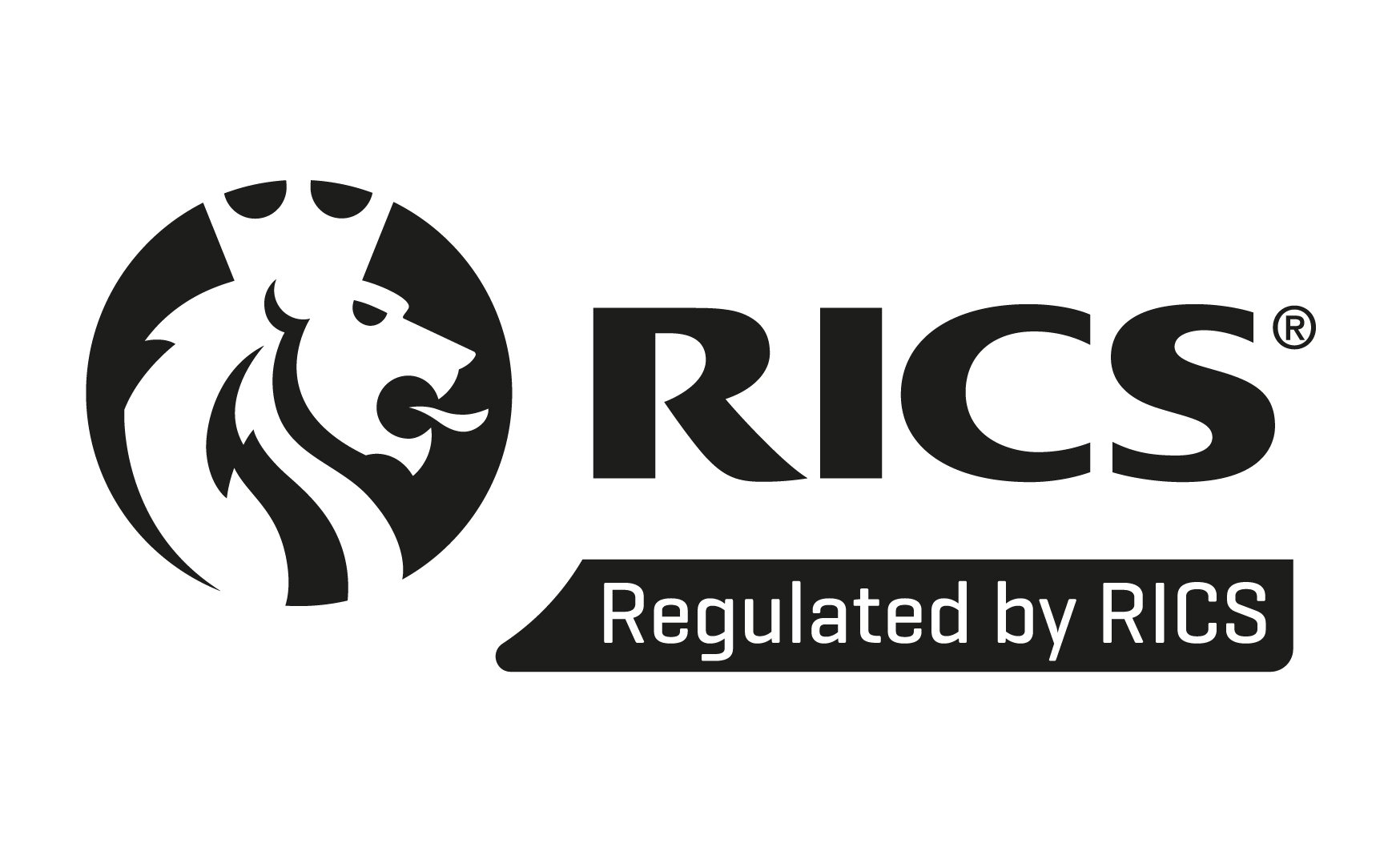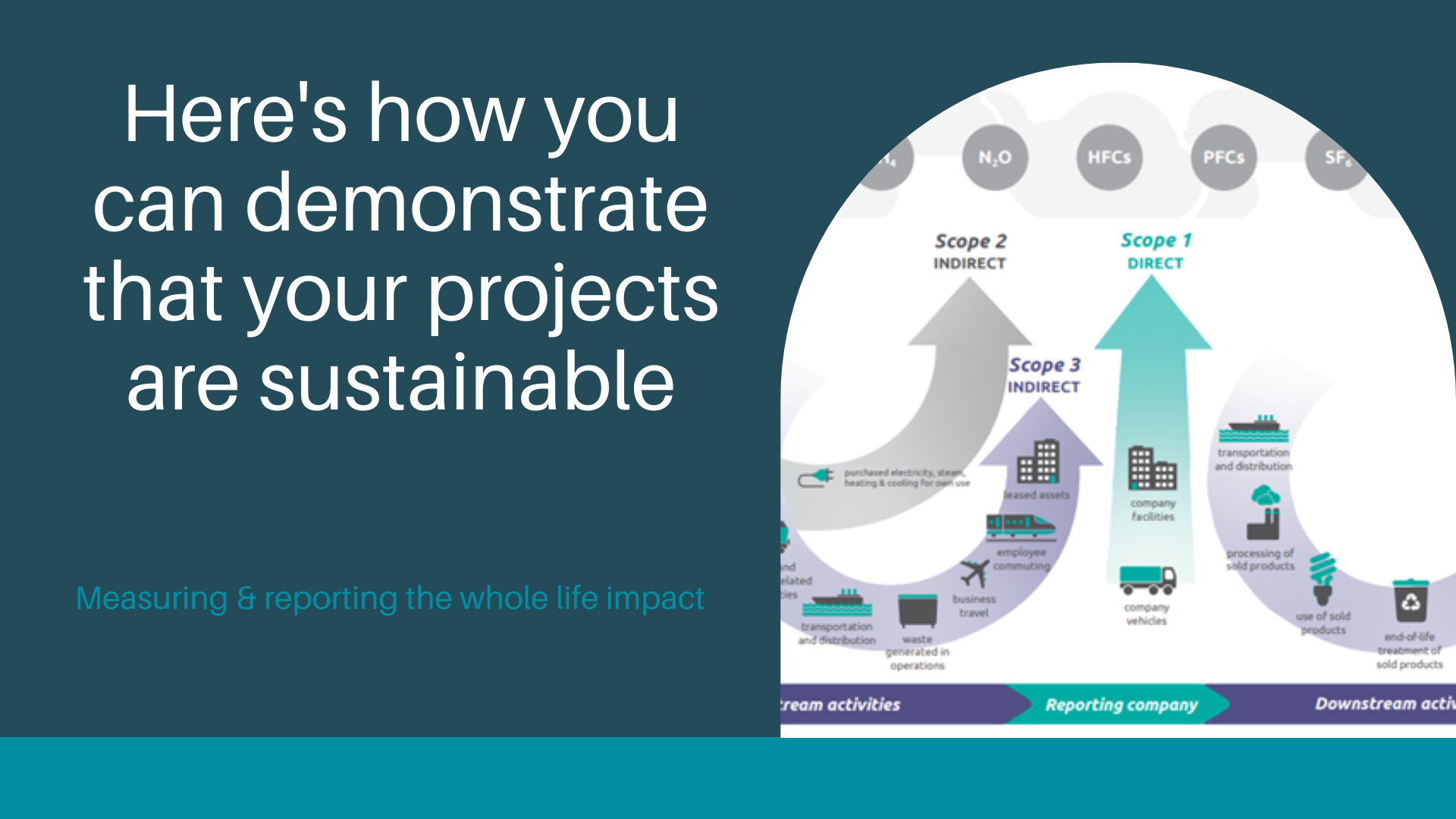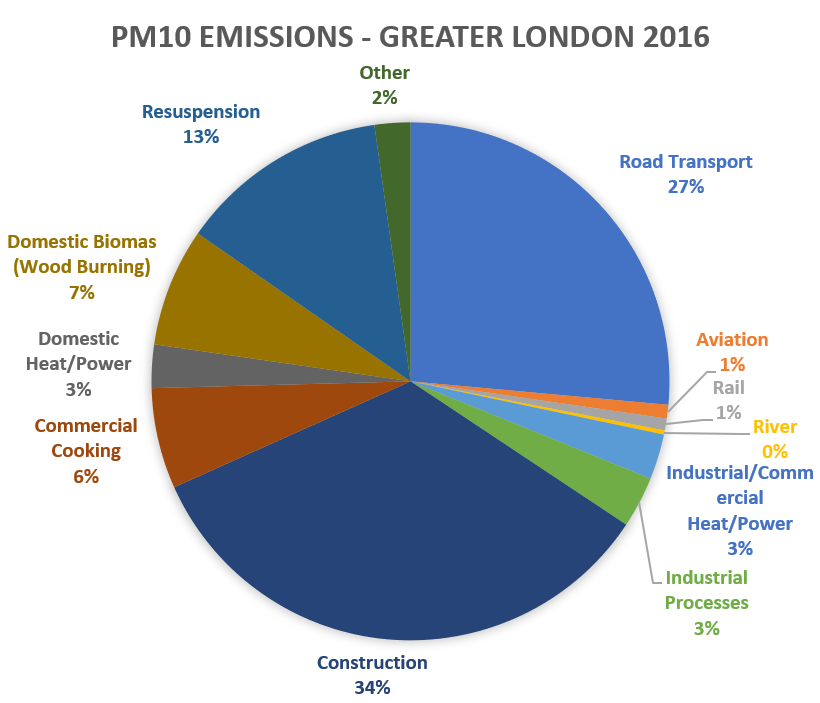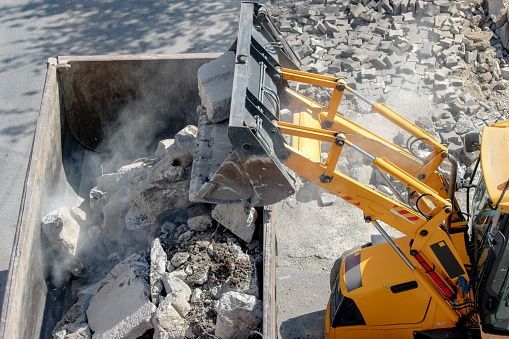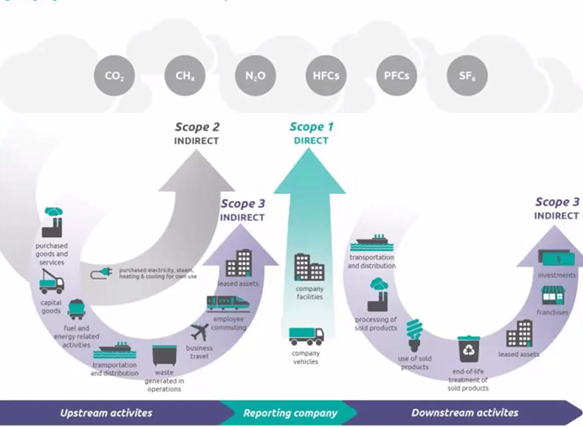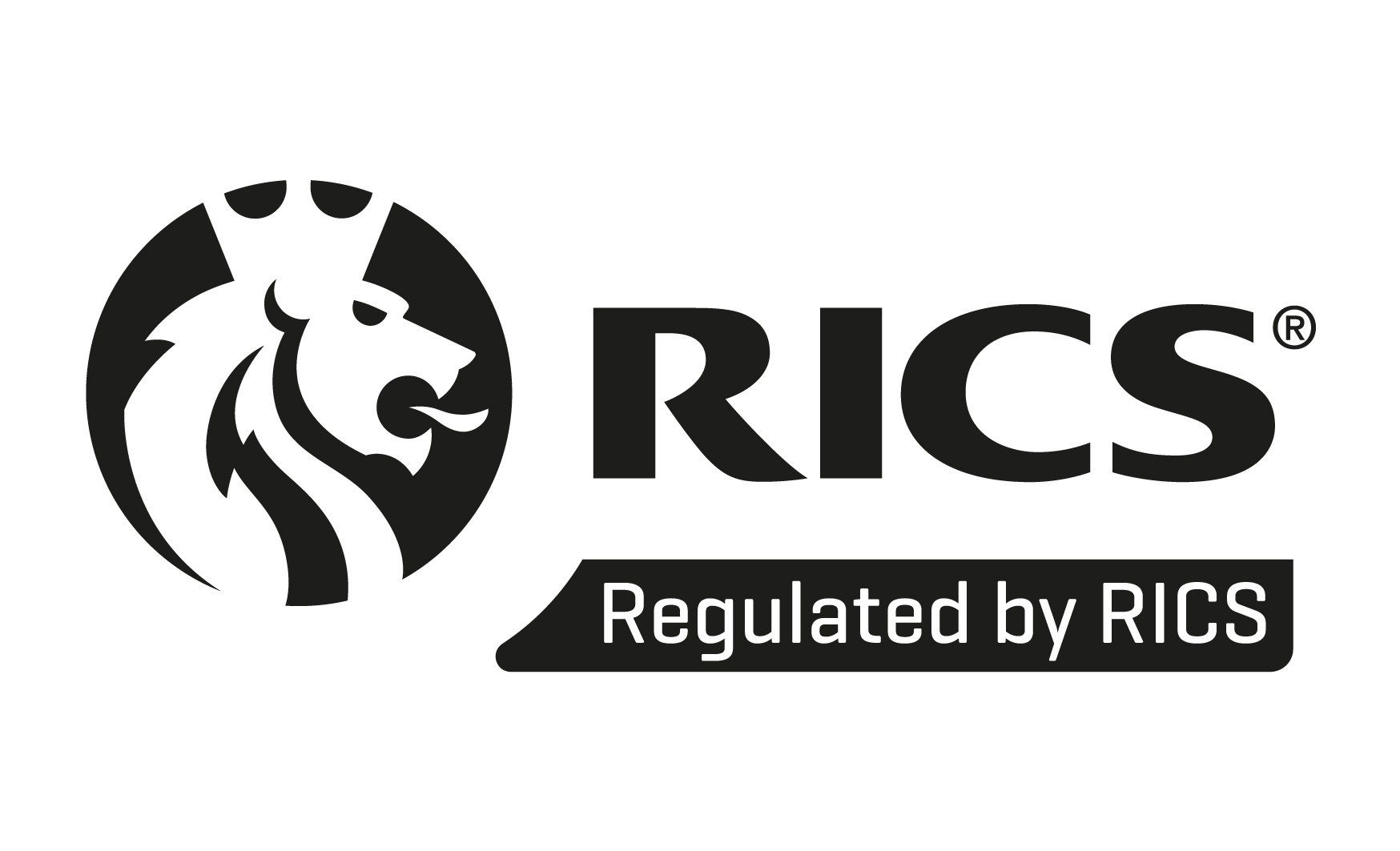Determine your Investment Strategy for your Aging Equipment
Determine your Investment Strategy for your Aging Equipment as we transition to clean energy

The Operator’s Dilemma
All operators face a continuous need to keep on top of their estate to ensure that their equipment is consistently reliable and presented in good condition. This will keep customers satisfied with the brand.
With rising costs affecting all parts of business, the amount of capital available for re-investment however is increasingly constrained. As part of the energy transition, changes in customer behaviour may mean old tried and tested return on investment models are no longer valid.
The rapidly changing fuels environment and the significant growth in EV vehicles, means that operators need to be able to have a way of choosing:
- where to invest their money,
- how much to spend, and
- when to make the investments
Understanding Current Performance
Experience tells us that in any estate, there are always trends and differences in performance, downtime and maintenance costs from site to site. These can be for any number of reasons which require data interrogation to properly understand them.
Real time data analytics and expertise can provide the operator with a distinct advantage. Frequently validating and analysing your data linked to performance can help you prioritise where to deploy your resources more effectively. Equipment performance analysis should be delivered in a consistent manner to allow easy comparison. The organisation can then put its efforts into understanding the information and planning its strategy for equipment investment.
It is often found that a small proportion of sites or equipment can be having a disproportionate impact on the overall uptime and the cost of running the estate. A clear review of equipment performance data can identify this.
Benchmarking the performance of equipment over its whole life can be used to compare equipment manufacturers or models to one another, with various techniques now available to link the actual equipment to break fix data, asset registers and to measure the impact of planned maintenance regimes.
To obtain the best sort of data and information to do this performance analysis, it is recommended that the operator has a client-owned and contractor-independent source of data. The supplier will have little incentive to help you with this task, so ownership of the data gives you an advantage when planning your investments.
Prioritising Investment
When the operator knows which equipment is performing well, and conversely, which other equipment is failing more often, then they can prioritise where replacement is required and when to do so.
As estates age, it is common that capex requirements for replacement can often exceed the annual capex budget. An approach which allows for carefully thought through prioritisation is therefore essential.
Ideally what you require is the ability to forecast way into the future so that you can accurately model capex needs to avoid shortfalls in the future. The impact of investment can also be used to more accurately predict and control your opex spend too. Good forecasting based on sound data analysis also allows you to manage the impact of future equipment obsolescence and difficulties with obtaining emergency spares or making effective and timely repairs.
Traditional Approaches
Unfortunately, we find that many operators utilise equipment replacement approaches which do not take into account enhanced prioritisation, or only apply a limited amount of the data that is truly available to them.
A traditional approach is often to base the capital replacement planning on either:
- Average asset age
- Number of breakdown interventions
- Perceptions that one manufacturer’s equipment is of lower quality compared to another’s
- A last-minute condition survey, which normally requires time and resource
- Believing the supplier or contractor who provides you with a replacement schedule (which they’ll deliver for you)
To further compound this, when selecting the replacement equipment, then the traditional approach might also include:
- Simply replace existing stock with the same manufacturer’s equipment
- Looking for the cheapest alternative price to allow you to replace more assets in the short term
- Buying premium cost equipment on the basis that you think that the more you spend up front the longer the equipment will last, and, that operational costs and downtime will be lower.
Whilst these approaches can in part prove true, more often we find that when the data is interrogated, patterns emerge within the same set of equipment across different locations, or at the same location in the case of multiple similar assets where they are co-located.
It is possible instead to use break-fix data to understand the life of the assets in your real circumstances. What is critical is knowing how these asset costs relate to your profit and the income each asset contributes to at a site level.
Achieving Enhanced Results
Using advanced equipment prioritisation methods can deliver a range of benefits:
- You can focus your investments on your higher performing assets or those which are more critical to your operations, thereby driving more revenue and a higher return on investment.
- 5-year capex planning can ensure adequate budgets are available both now and into the future.
- Specific assets which drive the opex costs up disproportionally can be targeted for action. Not only does this fix pervasive issues, but the return on investment of a smaller, more targeted spend can be greater than spending more capex in a non-targeted way.
- Often, equipment can last much longer than the manufacturers anticipated life span and well-timed replacement can release a lot of otherwise premature capex spend for other more targeted investment.
- Investment can be targeted toward specific models or parts, to smooth out the impact of equipment obsolescence.
- Opportunities for design modifications can greatly reduce break fix call outs and prevent your daily operations being interrupted
- Identifying critical points in the break-fix cycle, means interventions that typically result in significant downtime can be planned and therefore controlled, for example motors, on board compressors, software failure, controls or belt replacements
- Investing in specific enabling technology, for example wi-fi connectivity and remote diagnostics can also deliver performance improvements, simply by enhancing connection speeds where your more modern equipment relies on this for performance.
Buy Yourself Time
You will also now be getting repeatedly told how you need to transition your estate urgently to reflect the emerging trends. For example, by installing the very latest energy efficient equipment, or, installing new EV capabilities, but you probably cannot afford to do it all at once let alone carry the resources to see it through quickly. Applying enhanced prioritisation approaches to your existing equipment can buy you the time to make these decisions on your terms and in your time, so that you ultimately achieve a better rate of return.
You can extend the life of your existing equipment and stretch your capex investment budgets, so that your investment can be considered and planned when you want it. In the meantime, you can also benefit from better equipment uptime of your existing estate.
How can you achieve this?
Evenlode Roadside have been using advanced prioritised investment techniques for decades and are ready and waiting to help you to plan and make investment decisions.

